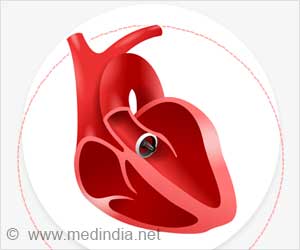Guidelines from the U.S., Canada, Britain are much better in preventing primary atherosclerotic cardiovascular disease (ASCVD), as they recommend more use of statins.

‘Guidelines from the U.S., Canada, Britain are much better in preventing primary atherosclerotic cardiovascular disease (ASCVD) than the European guidelines.’





Researchers from Copenhagen University Hospital compared the utility of five guidelines published since 2013 for the primary prevention of ASCVD. Despite being founded on the same evidence, the five guidelines have substantial differences, including in the recommended prediction model for ASCVD and in the risk threshold and low-density lipoprotein cholesterol (LDL-C) cut point for assignment of statin use.Researchers conducted an observational study of actual ASCVD events during 10 years followed by a modeling study to estimate the effectiveness of different guidelines in a contemporary cohort of 45,750 persons aged 40 to 75 years who did not use statins and did not have ASCVD at baseline between 2003 and 2009.
The study found that the percentage of participants eligible for statins was 44 percent by the Canadian Cardiovascular Society (CCS) guideline, 42 percent by the American College of Cardiology/American Heart Association (ACC/AHA), 40 percent by the National Institute for Health and Care Excellence (NICE), 31 percent by the U.S. Preventive Services Task Force (USPSTF), and 15 percent by ESC/EAS.
The estimated percentage of ASCVD events that could have been prevented by using statins for 10 years was 34 percent for CCS, 34 percent for ACC/AHA, 32 percent for NICE, 27 percent for USPSTF, and 13 percent for the European Society of Cardiology/European Atherosclerosis Society (ESC/EAS).
Guidelines from the ACC/AHA, CCS, or NICE should be followed rather than those from the USPSTF and ESC/EAS, the researchers concluded.
Advertisement
Source-Eurekalert












